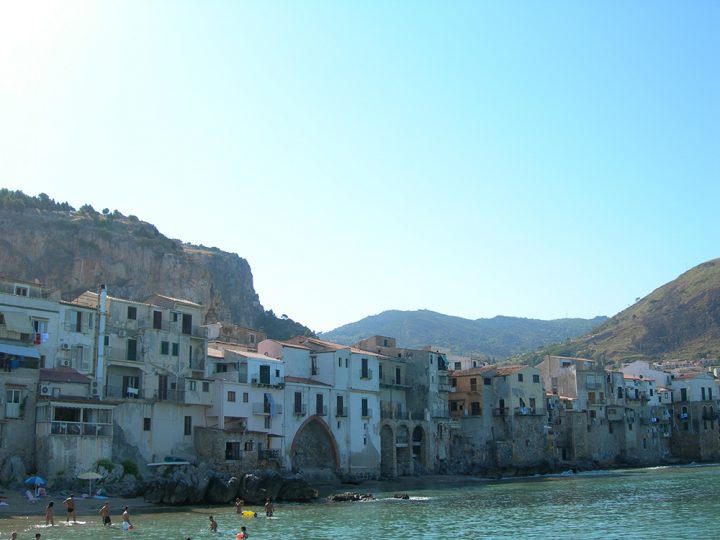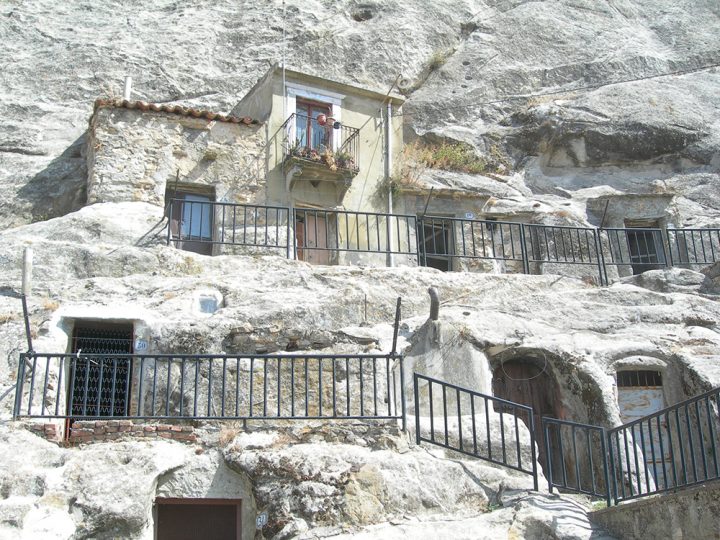La costruzione necessaria
Photos and text by Orazio Caruso

the waterfront of Cefalù, Sicily – Photo by O. Caruso
Quando si parla di architettura in maniera generale e senza le dovute accortezze, si fa spesso riferimento a costruzioni con una qualità alta e costruzioni con una qualità bassa.
Queste ultime derivano in genere il loro poco apprezzamento dal fatto che non recano la firma di un progettista noto e apprezzato dal pubblico e non hanno una particolare valenza storica, magari per il fatto che non sono censite in nessuna guida turistica. Sono quindi, diremmo, opere minori, architetture del popolo o popolari, se si preferisce un aggettivo che ricorda il neorealismo. E’ come se esistesse quindi una discriminante tra certa architettura di serie A ed altrettanta architettura di serie B o, se si preferisce, tra quella ufficiale e non ufficiale. In ogni caso stiamo parlando di differenze il più delle volte impercettibili, anche a voler operare una distinzione così netta.
E’ difficile prendere posizione e decidere quale strada seguire per apprezzare e anche comprendere la qualità architettonica nei vari edifici così come ci appaiono, ed in base ai criteri con i quali tendiamo a classificarli. Difatti, il valore reale di un edificio, (traducibile anche in valore economico tra l’altro), non può non contemplare la percezione estetica che esso trasmette. Una buona costruzione, inoltre dovrebbe sempre partire dalla solidità (purtroppo tema di grande attualità, in Italia!) e coesione dei vari elementi, classificati secondo quella che chiamerei senza indugio ECONOMIA DELLA FUNZIONE: ogni pezzo serve ad uno scopo.
Without a project
translations by Orazio Caruso

the small city of Sperlinga, Sicily – photo by O. Caruso
When talking about architecture in a general manner and without due attention, we often mean to buildings with a high quality and with low quality.. These latter are often little appreciated because not bear the signature of a famous designer and appreciated by the public and not have a particular historical value, perhaps to the fact that they are not registered in any guidebook.
They are therefore, we would say, minor works, architectures of the people or popular, if you prefer a neorealist adjective.
It is as if we had then a discriminating between certain standard A architecture and B architecture or, if you like, between the official and unofficial one.
Anyway, sometimes we are talking about the subtle differences, even if you wanted to make a clear-cut distinction.
It ‘s hard to take a stand and decide which path to follow in order to appreciate and also understand architectural quality in the various buildings as they appear, and in terms of the criteria with which we tend to classify them.
The thing is that the real value of a building, (also translated into economic value), must contemplate the aesthetic perception that it shows.
Furthermore, a good building should always start from solidity (unfortunately very topical in Italy!) and cohesion of the various elements, classified according to what I would call without delay ECONOMY FUNCTION: each piece serves a purpose.
